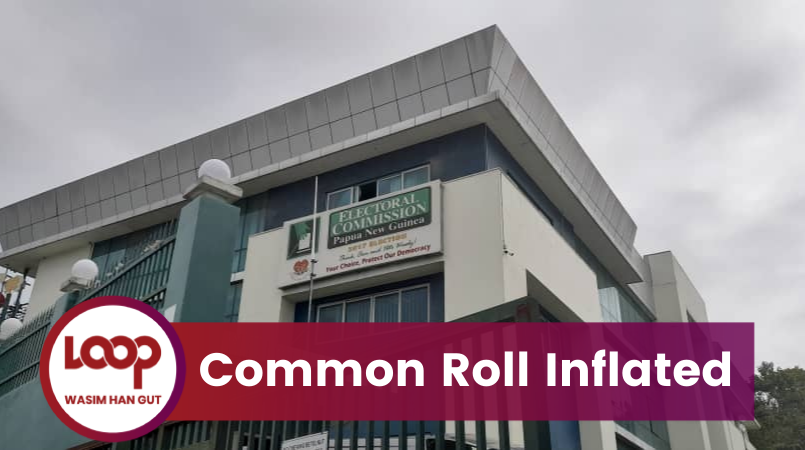
The country’s common roll has been inflated since 1987, according to a research done by the University of PNG Economics Lecturer, Mahopa Laveil.
According to the research, if inflation reaches 100 per cent, it means the roll is double the estimated voting population.
Laveil shared this during the PNG Elections Series presentation facilitated by the Media Development Initiative.
According to Laveil, the trends nationally revealed that roll inflation began at 6 percent in 1987, rose to peak at 75 percent in 2002, before falling in 2007 and again in 2017 to 13 percent.
The research also pointed out that if inflation reaches 100 percent, this means that the roll is double the estimated voting population; and 2002 stood out as PNG’s worst elections, marked with widespread electoral fraud and violence.
The Highlands region, according to Laveil’s research, is where the roll inflation is at its worst, and is the primary driver for roll inflation nationally.
Data showed that the roll in 2002 was more than double the voting populace, and in 2017, roll inflation only occurred in the Highlands.
According the Laveil’s research, as roll updates have been unsuccessful, the Electoral Commission has attempted to address this problem through recreating the roll three times: in 1987, 2002 and 2007. The 2007 roll was the most successful.
Laveil stated in the research that the 2022 roll will be an updated version of the 2017 roll, but given the 2017 roll was inflated by 13 percent nationally, this year’s roll will be inflated as well.
What is concerning in the research is that the Electoral Commissioner stated that there will be an estimated 6.2 million registered voters, though according to estimates by the NRI, there will be 5.04 million voters.
This means the roll will be inflated by 1.16 million.
